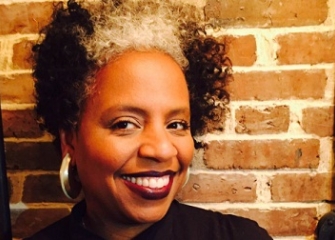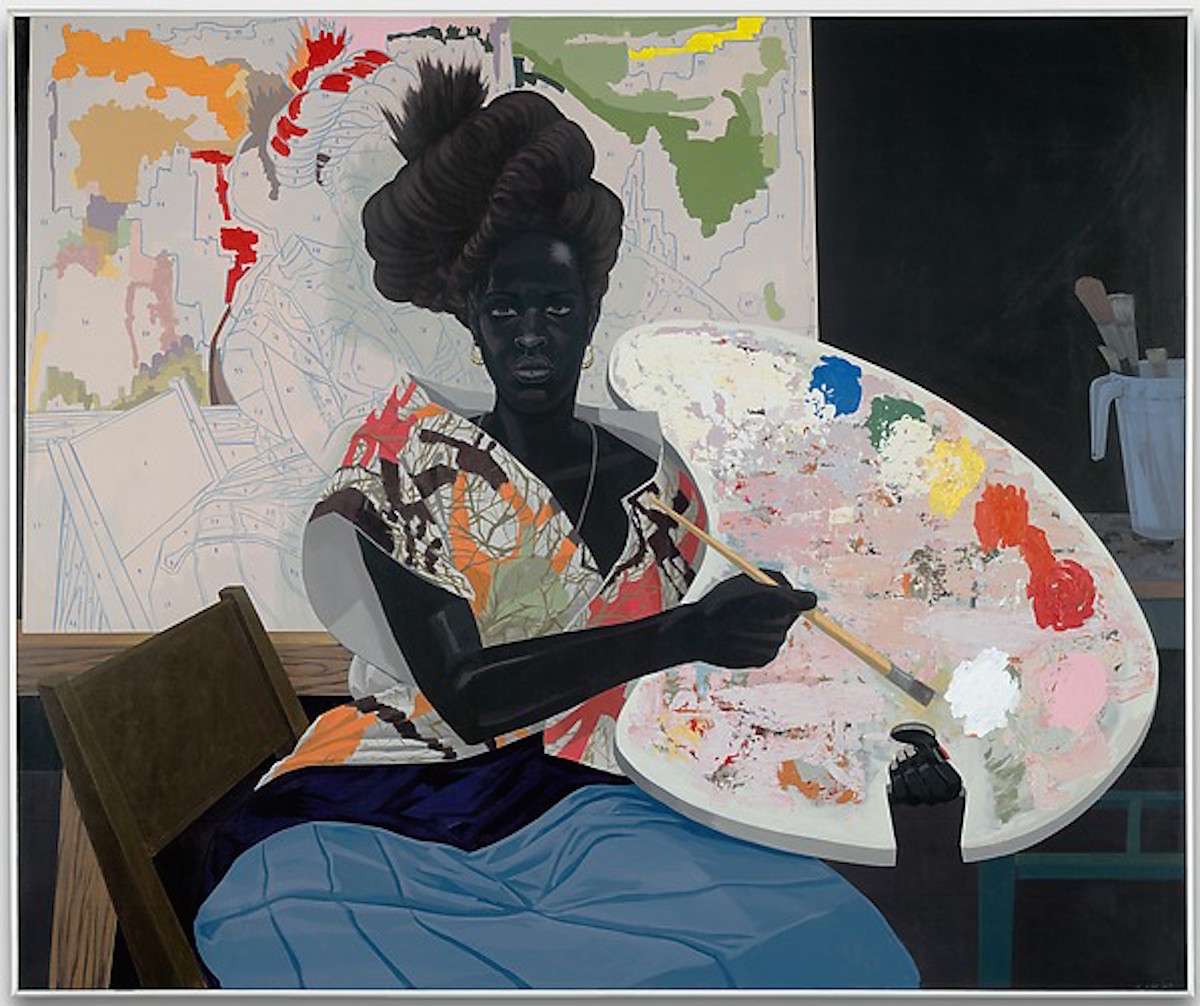“What do we need to do to make people feel safe in our city? And also to understand what artists contribute to our city?” said Mayor Catherine Pugh on December 21 at the Windup Space. The press conference was part of an announcement of a new Safe Space Task Force which brings together elements of art, legal, real estate, and business communities.
“We want to make sure they have safe places to live and engage. This task force represents members of our community. It brings together artists, organizations, legal council, developers and funders with one specific goal in mind – to mobilize resources in ways that enrich and invest in cities and best meet the needs of targeted communities,” said Pugh.
Baltimore’s new mayor said that the goal of the new task force is to create safe and affordable spaces for young artists to live and work. The task force includes co-chairs Jon Laria, partner at the Ballard Spahr law firm, and Frank McNeil, a vice president at PNC Bank. In addition, a number of artists and art organizations are represented, including musician Dan Deacon, Station North Arts and Entertainment director Elissa Blount Moorhead, Lu Zhang, deputy director of The Contemporary, Amy Bonitz Palmer of BARCO, and Stewart Watson of Area 405.
After the mayor’s speech, Elissa Blount Moorhead, Director of the Station North Arts & Entertainment District, said a few words about the current issues facing artists today, especially after the tragedy of Ghost Ship in Oakland, CA and the eviction of artists in Baltimore’s Bell Foundry.
Her speech was so powerful that we wanted to run the transcription to share it with our readers.
 Elissa Blount Moorhead, speaking at the press conference.
Elissa Blount Moorhead, speaking at the press conference.
First, I just want to thank Mayor Pugh for her already demonstrated commitment to the arts, through the Design School and even work before she was actually the Mayor. That gives me quite a bit of hope, and a New York cynic like me really needs hope right now, so I really appreciate that.
Last night I got a call, “Would you come and say a few things about the task force, a few words?” And I thought of eight of them. So if you’d bear with me for a few minutes I’d like to share what those words are.
I also want to acknowledge that the press conference and the meetings and announcements – it’s not the work, ok? We recognize that this task force has a very rigorous, complicated task to complete, and I think we’re up for it, and I hope that these are the words that I hear, and that I say, and that we are held accountable for as we go through this.
The first one that popped into my mind was housing (and space). We’re here talking about art spaces, but artists are not a special class. We’re part of a wider class. The city and the country has obviously been reeling from what happened in Oakland, but we’ve also had issues happen with citizens and families and children that have had issues concerning safe and affordable housing. So I want to make sure that what we do moves the conversation in a wider way.
The second word is artist. I hope that during this task force we discuss what that means. We’re talking about makers, cooks, healers, activists, people that create communities that are creative spaces, and we need to think of ourselves in an expanded way. Some of the work that was happening particularly in the Bell Foundry may or may not be considered traditionally arts and culture work, but it very much so should be.
 Elissa Blount Moorhead, Director of Station North Arts & Entertainment District
Elissa Blount Moorhead, Director of Station North Arts & Entertainment District
Safe. I’m really sort of conflicted about this word. Safe, safety, what’s safe to whom, and what safe really means. And what these spaces really have been doing, and what art spaces all across the country do is create sanctuary, which is maybe a higher standard, because we talk about physical as well as an intellectual and creative space. And I think Baltimore is particularly suited, more so than any city in the country, which is why I’m here, to create a really, really huge, creative ideological shift around that, and to become a global model.
Place-keeping is a word I like to hear. And I mean that as a direct interrogation of the word or the phrase place-making, which often leads to place taking, or you know, conversations around spatial justice. I really hope that we get to those words, and that we dig, and we do have real conversations and get at what Roberto Bedoya was talking about.
Sustain, or sustainability. Again, artists come in all stripes. We have artists that are aging out of certain living conditions. We have artists well outside of arts districts. Yes, I’m here, I represent the district, but the city is an ecology. Every space where things are happening are equally important, and I want to be able to look at The Crown, or Exit the Apple, or the Bell Foundry, and really understand them and think about them with the same gravitas and the same support that we think about the BMA and the Walters, right? And to be able to eventually move towards that level of sustainability.
The 6th word is equity. This is something that has come to me quite a bit when talking to the artists who have been running our DIY spaces and keeping cultural relevance here, and really, honestly being the forerunners for quite a bit of work across the country. And people of color, the trans community, other spaces where people have generally not had real social capital and a seat at the table. It’s time for us as a task force to really think about what that means very specifically, and what these spaces do, how do we differentiate, and make these spaces very specific to the city and to the work.
The 7th word I thought about was agency. I hope that we go into this task force with trust, with the understanding that creatives are the architects of every city that matters in the world. They are the people who understand how to create sanctuary and to create working spaces. They are self-determined. And so I hope that we are able to trust each other and be able to listen to real conversations that are maybe radically different than what other cities have done in the past.
And the last word was synergy. To Mayor Pugh’s point, the silo will not work in this situation. They’re too complicated, [the] varied issues around how to create safe spaces to do that. So owners and photographers and artists and thinkers and professors and philosophers, all sorts of people, really have to get outside of that and start to think about how we can look into the eyes of kids coming out of BSA and coming out of The Design School and say to them: this is an ecology. This is an ecosystem where you can stay, and you have a next step, and we’ll support you.
And I think hopefully that is the work. Jess Solomon, as she says, the real work that we get to during this task force and after, so I would just say this. Let’s get to work.
[End of speech]
To watch the video of the entire event, available via BOPA and Periscope, click here: https://www.periscope.tv/w/1gqxvZPbpMnxB?t=10m45s.
Link to Baltimore Sun Video of Mayor Pugh’s remarks: http://www.baltimoresun.com/92179033-132.html
To contact the transcriber: [email protected]






